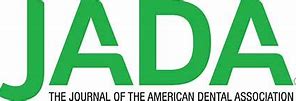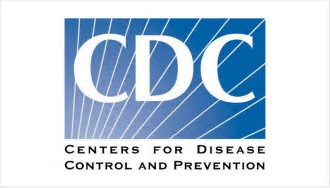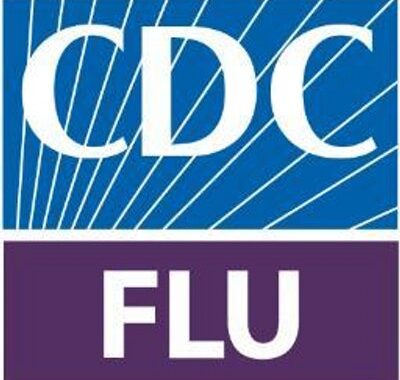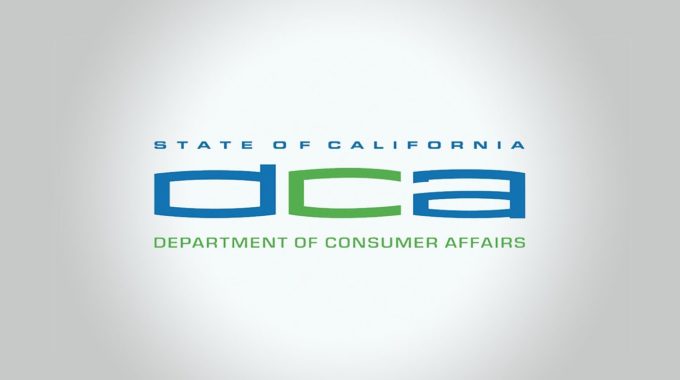As flu season intensifies, dental healthcare personnel (DHCP) play a vital role in protecting both…

JADA Survey Assessed DUWL Infection Control Practices in Dental Offices
 A research study published in the June 2024 edition of the Journal of the American Dental Association (JADA) investigated current trends in dentistry for maintaining water quality in dental unit waterlines (DUWLs). While the majority (85%) of respondents recognized the importance of proper maintenance of DUWLs to ensure infection control standards, the study concluded that “survey results showed there were considerable gaps in knowledge and practice that could lead to patient harm.” According to the study results, 54% of respondents indicated their practice followed US Centers for Disease Control and Prevention (CDC) recommendations.
A research study published in the June 2024 edition of the Journal of the American Dental Association (JADA) investigated current trends in dentistry for maintaining water quality in dental unit waterlines (DUWLs). While the majority (85%) of respondents recognized the importance of proper maintenance of DUWLs to ensure infection control standards, the study concluded that “survey results showed there were considerable gaps in knowledge and practice that could lead to patient harm.” According to the study results, 54% of respondents indicated their practice followed US Centers for Disease Control and Prevention (CDC) recommendations.
DUWL Maintenance Requirements
Currently, no national quantitative water quality standards specific to dentistry exist to maintain DUWLs. Dental unit water quality standards fall under the individual state dental boards’ purview, according to states’ dental infection control requirements, which vary widely state by state.
In California, for example, the requirements to maintain DUWLs are very limited. The Dental Board of California requires dental offices to flush DUWLs between each patient for at least 20 seconds. At the start of each day DUWLs must be purged with water/air for at least 2 minutes. Anti-retractive devices must also be installed on the waterlines, which are generally incorporated into the design of the dental unit.
DUWL Maintenance Recommendations
 In its 2016 Summary of Infection Prevention Practices in Dental Settings: Basic Expectations for Safe Care, the CDC recommends that water used for irrigating and cooling during nonsurgical dental procedures meet EPA’s regulatory limit for drinking water of 500 CFU/ml. However, according to the CDC, studies have demonstrated that flushing and purging does not reliably improve the quality of water used during dental treatment down to the 500 CFU/ml level.
In its 2016 Summary of Infection Prevention Practices in Dental Settings: Basic Expectations for Safe Care, the CDC recommends that water used for irrigating and cooling during nonsurgical dental procedures meet EPA’s regulatory limit for drinking water of 500 CFU/ml. However, according to the CDC, studies have demonstrated that flushing and purging does not reliably improve the quality of water used during dental treatment down to the 500 CFU/ml level.
Therefore, to improve dental unit water quality, CDC recommends implementing control strategies such as self-contained water systems, chemical treatment regimens, in-line water microfilters, and water purifiers. Utilizing a combination of control strategies is considered the best course of action to improve dental water quality.
To prevent infections associated with DUWLs, dental healthcare personnel should consult with the manufacturer of the dental unit or water treatment system to determine the best procedures for maintaining the DUWLs. Additionally, monitoring of dental unit water should also be considered as an important part of a dental treatment water quality program.
For our OSHA Review subscribers… The November/December 2019 issue of OSHA Review in Section VIII of your OSHA Review binder provides additional information on dental unit waterline maintenance.
OSHA Review, Inc. a registered continuing education provider in the State of California, specializing in Dental Practice Act, infection control, and Cal/OSHA training. OSHA Review subscribers in California receive updated regulatory compliance and infection control training through our bi-monthly newsletter.


